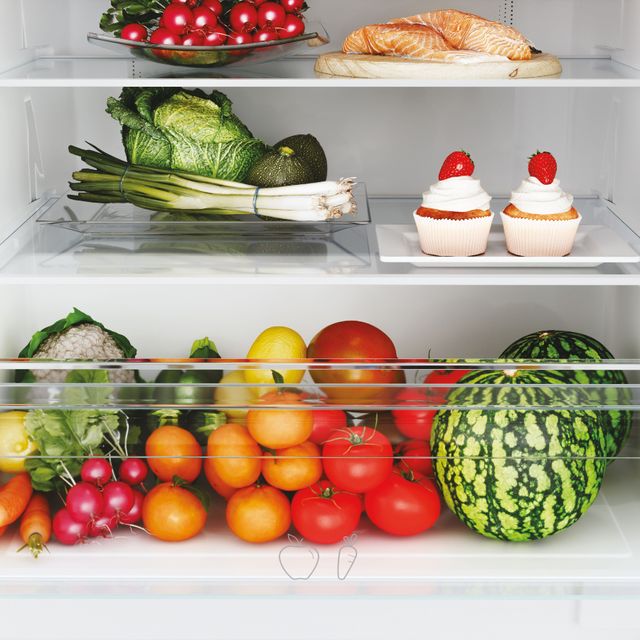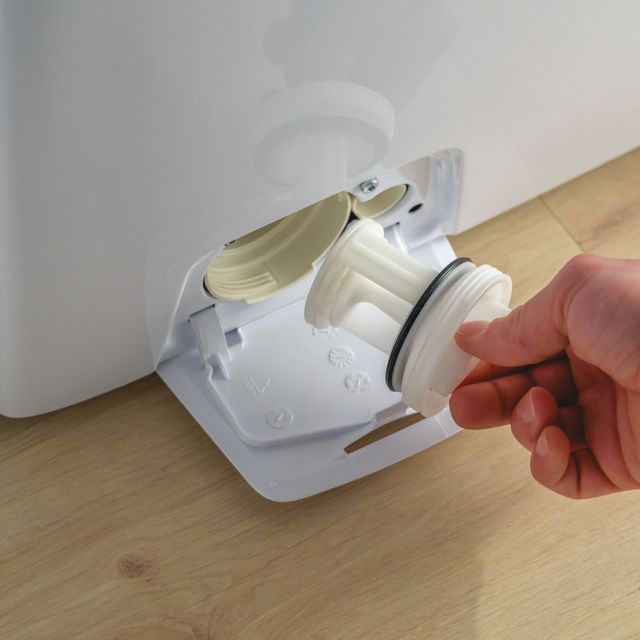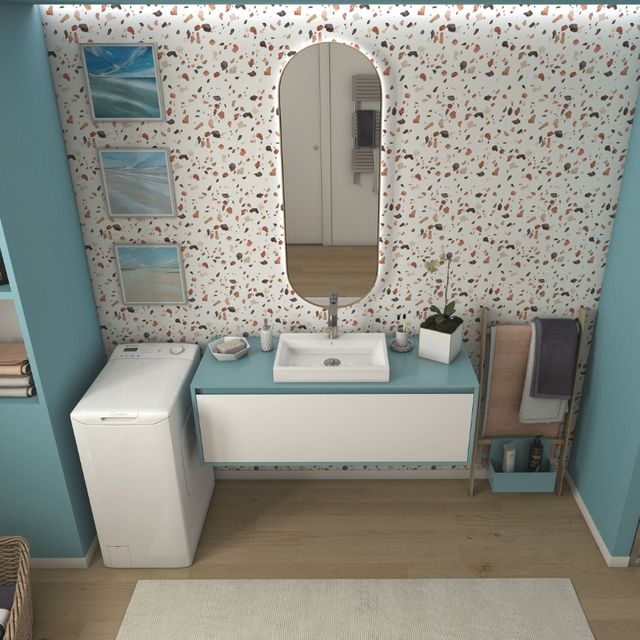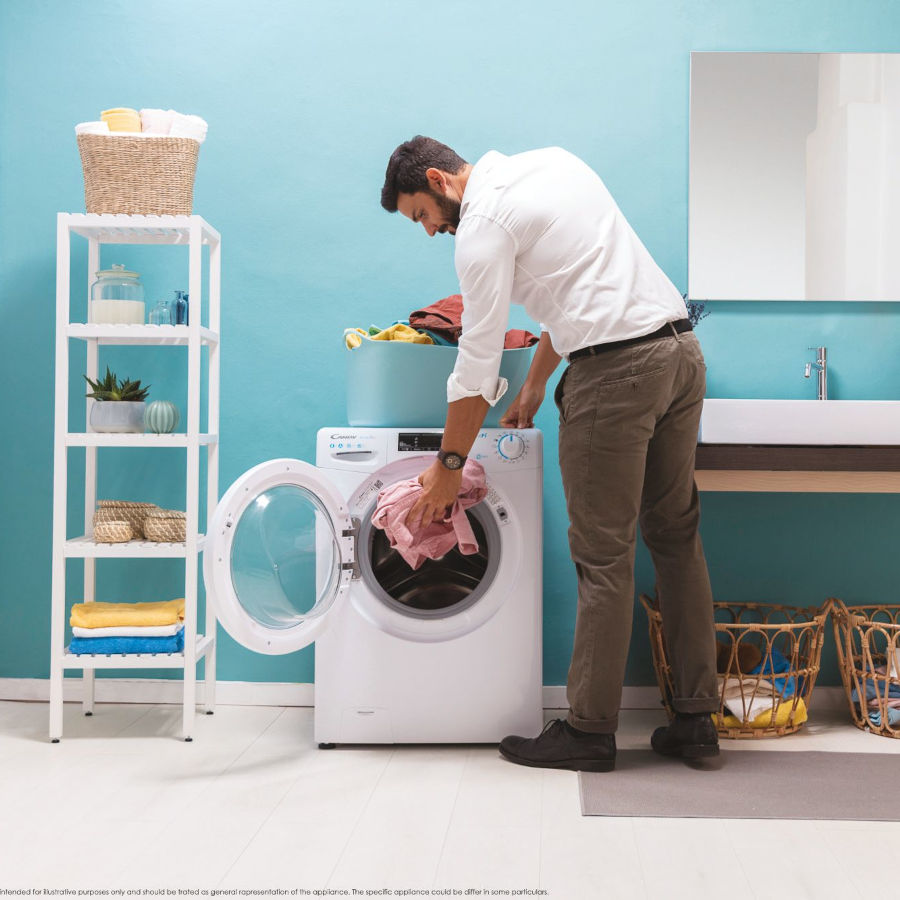Everything You Need To Know About How To Calculate How Much Energy A Household Appliance Consumes, What Energy Class It Is, And Which Appliances Use The Most Energy
Leaving a phone charger plugged in when not in use will increase your energy usage. It’s a small increase but, when you have a variety of appliances drawing more power than needed, the costs quickly add up.
The best way to save yourself money is to learn how to calculate how much energy a household appliance uses and the most effective techniques to save yourself money on your energy bills. It’s worth noting that the energy label system has recently been revised. So, you should spare a few moments to read about the new energy label system.
How to understand the energy class of a household appliance
Although the energy system has changed the basis remains the same. An A-graded appliance is significantly more efficient than an F or G-graded appliance. While there are now extra categories, referred to as AA and even AAA, the premise remains the same. In short, take a look at the energy rating of your appliance to see how much energy it is using.
If you have an appliance that uses a lot of energy consider looking at the range of Candy A-class products, they help you to save energy, time and money without any compromise on quality and performance. For example, the Candy A-Class washing machines reduce consumption by at least 35% compared to a D/E class washing machine saving energy, money and the environment.
How to find out if a household appliance consumes too much energy
The energy labels are a quick guide to energy efficiency. All appliances should also tell you the number of watts they use while in use. To verify how much energy they are using take the wattage figure and multiply it by the number of hours the appliance is in use.
You can also find out how much energy the appliance consumes by reading the energy label. For example, the Candy RapidÓ washing machines, are the best in class appliances, in fact, their consumption starts at 45 kwh.
This is an astonishing value when compared to the average consumption of an energy class G washing machine, which amounts to approximately 100 kwh.
If you want to see if the appliance is using too much energy then you should compare the consumption rate to what the manufacturer’s guide says. If it’s considerably higher then your appliance has an issue and isn’t running efficiently. It will need maintenance.
Based on user behaviour, hOn app suggests the correct actions to maximise energy, water and detergent savings.
Which appliances consume the most energy
When considering which appliances consume the most electricity it’s important to add context. For example, a device that is being used all the time is likely to have a greater overall consumption than an item being used occasionally.
Equally, any appliance that isn’t well-maintained will use more electricity. That’s why it’s advisable to keep your washing machine and dishwasher hygienic and efficient. It’s important to choose the right product, like Care+Protect 3 in 1 Limescale remover-Degreaser-Hygienic cleaner, that allows you to cut electricity consumption by reducing the amount of scale inside the appliance and, in this way, also helps to extend the appliances life.
You can also consult the Tips&Hints section of the hOn app for tips on caring for your appliance to ensure it always performs at its best.
At the end of the day, the best choice to consume less energy is to buy A class energy products, like the wide range of Candy best-in-class products.





